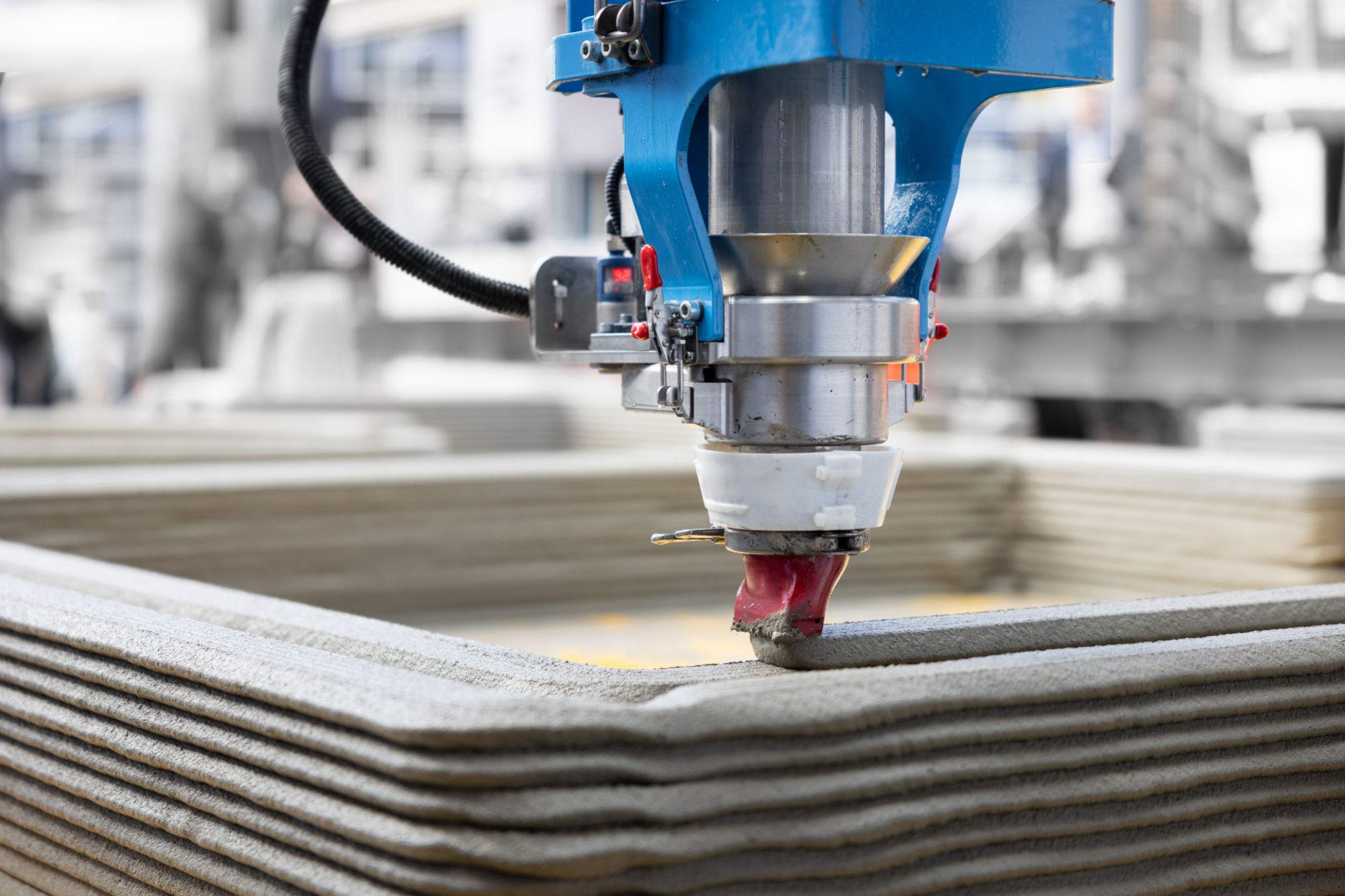Custom 3D Printing FAQs: Answering Your Most Common Questions
Introduction to Custom 3D Printing
Custom 3D printing has revolutionized the way we approach manufacturing and design. Whether you're a hobbyist creating unique models or a business looking to develop prototypes, 3D printing offers a versatile solution. As this technology continues to evolve, many people have questions about its capabilities, materials, and applications. In this blog post, we'll address some of the most common questions about custom 3D printing.

What Materials Can Be Used in 3D Printing?
When it comes to materials, 3D printing offers a wide range of options. The most commonly used materials include plastics such as PLA and ABS, but you can also print with metals, ceramics, and even certain types of food materials. Each material has its own set of properties, making it suitable for different applications. For example, PLA is biodegradable and perfect for creating eco-friendly prototypes, while metals like titanium are used in aerospace and medical industries.
Plastic Materials
Plastics are the most popular choice for 3D printing due to their versatility and ease of use. Some of the common plastic materials include:
- PLA (Polylactic Acid): Biodegradable and easy to print with.
- ABS (Acrylonitrile Butadiene Styrene): Durable and heat-resistant.
- PETG (Polyethylene Terephthalate Glycol): Strong and flexible.

How Detailed Can a 3D Print Be?
The level of detail in a 3D print largely depends on the printer's resolution and the material used. Modern 3D printers can achieve incredibly high resolutions, allowing for intricate designs with fine details. For instance, SLA (Stereolithography) printers are known for their high precision and are often used for creating models requiring intricate details.
Factors Influencing Print Detail
Several factors contribute to the level of detail in a 3D print:
- Printer Type: Different printers offer varying resolutions.
- Layer Height: Thinner layers lead to higher detail but longer print times.
- Nozzle Size: Smaller nozzles can produce finer details.

What Are the Common Applications of Custom 3D Printing?
Custom 3D printing is being used across various industries due to its ability to create complex geometries that are difficult to achieve with traditional manufacturing methods. Some of the most common applications include:
Prototyping
One of the most popular uses is rapid prototyping. This allows designers and engineers to quickly create and test models, reducing the development time significantly. It enables iterative testing and modification without the need for expensive tooling.
Medical Uses
The medical field has seen significant advancements with the use of 3D printing. From custom prosthetics to surgical models, 3D printing provides personalized solutions that were previously unattainable.

How Much Does Custom 3D Printing Cost?
The cost of custom 3D printing varies based on several factors including the complexity of the design, the material used, and the printer's capabilities. Generally, higher quality prints with more intricate details will cost more due to longer print times and specialized materials.
Factors Affecting Cost
The main factors influencing cost include:
- Material Cost: Different materials have different price points.
- Print Time: Longer prints consume more energy and resources.
- Design Complexity: Complex designs may require more advanced printers.
Overall, custom 3D printing provides a cost-effective solution compared to traditional manufacturing methods, especially for small production runs or highly customized items.
Conclusion
Custom 3D printing continues to grow in popularity due to its versatility and ability to create detailed designs. By understanding the materials, costs, and applications, you can better leverage this technology for your unique needs. Whether you're developing a new product or simply exploring creative possibilities, 3D printing offers endless opportunities.